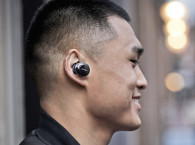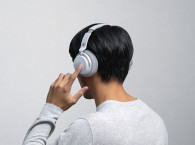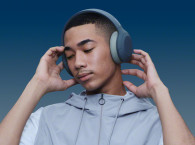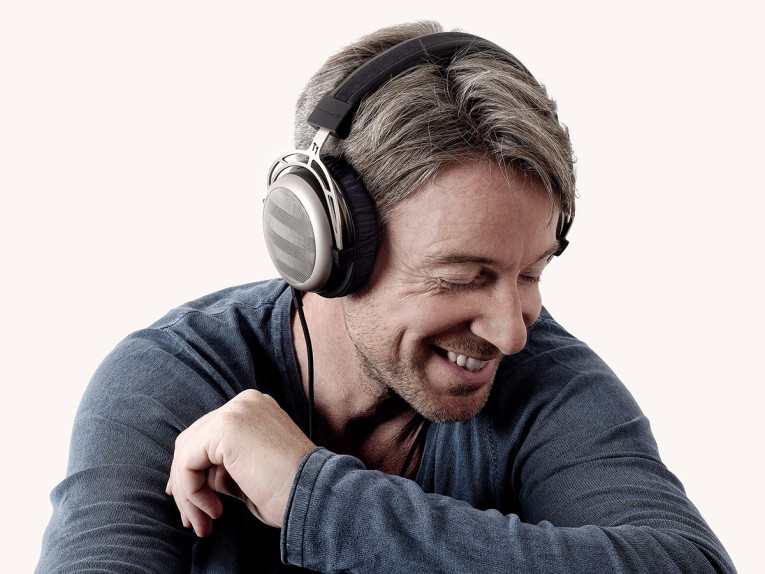
This market continues to create a long list of business critical questions imperative to success. The report provides an updated outlook for the worldwide headphones market, and looks in-depth at the complete Personal Electronics landscape, including Bluetooth headphones, sport headphones, true wireless headphones, wired headphones and Lightning connector headphones, among the product categories analyzed. It supplies market data for 2016 and forecasts until 2019.
As the report details, the worldwide headphones aftermarket grew 5.2% to 349 million units in 2016, whilst revenues grew much more at 20.2% to generate revenues worth $13.4 billion. As healthy growth in volumes and revenues are expected during the forecast period, average prices increased by 14% to $38.5 as a result of higher uptake of features and consumers’ willingness to upgrade to higher quality headphones across all regions. In 2016, Sony was the market leader and accounted for 19% of worldwide shipments, whereas Beats was the top revenue generator with 24% share of overall value.
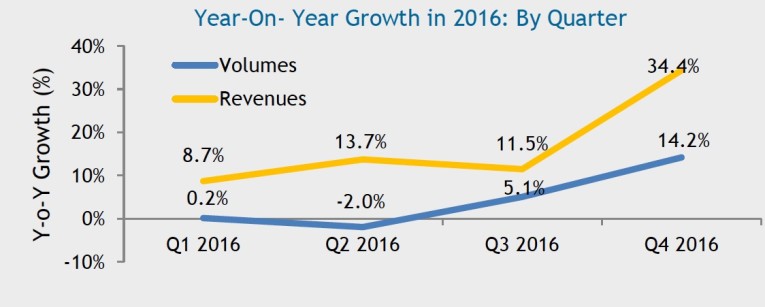
Although the <$25 price segment accounted for the biggest share of volume sales, headphones in the price segment between $100-199 witnessed the highest growth in volumes of 41% in 2016. The mid-tier segments have benefitted from the rapid uptake of new features; fashion plays a part in the pricing strategy for many brands. Wireless headphones accounted for 21% of worldwide shipments and 40% of total revenues. With prices falling at CAGR 6% by 2021, improvements in battery life and more availability of models, this market will grow significantly during the forecast period to account for 49% of total unit sales and 62% of overall revenues.
On a regional perspective, North America saw the highest increase in value of 24% and accounted for 41% of overall revenues. Asia Pacific registered highest growth in volumes of 11% and shipped 94.3m units, driven by the huge base of smartphone users and higher dependence on phones for media consumption. Western Europe grew only 1% in volumes as most countries reached maturity in the smartphones and headphones space; revenues grew 14% as the market was characterized by replacement sales for better quality, feature rich headphones.
Futuresource expects that developments in wireless for headphones (Wi-Fi, 4G/ 5G, LTE etc.) will enable introduction of other smart functions including voice technology, gesture control etc. Apple and Samsung’s introduction of true wireless headphones has pulled interest towards this segment, and these along with other international brands will define the growth of this category.
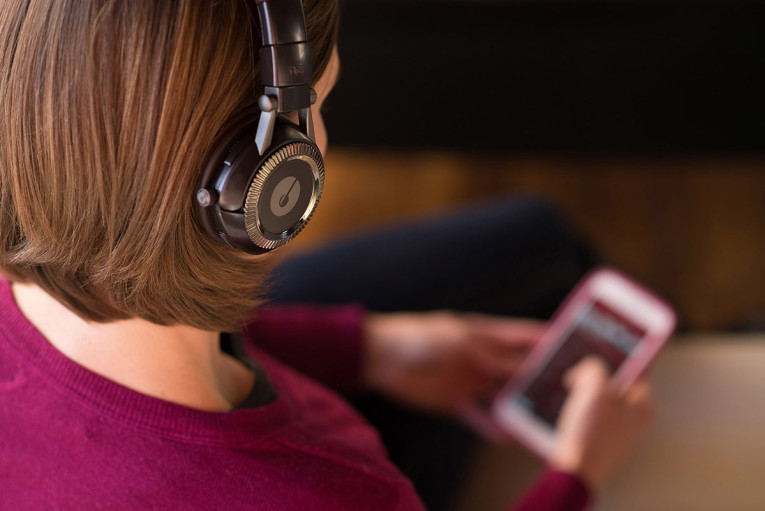
Headphones with smart features penetrated 1% of wireless headphones in 2016, driven by demand on features, increased use of applications and brands such as JBL, Samsung, Bragi and Apple entering the segment. By 2021 Futuresource expects more smart features to emerge (e.g. cellular modem, smart UI’s) as technology will continue to advance and costs of incorporating these features are projected to decline.
Futuresource also anticipates Lightning connector and USB-C headphones will attract some attention to the wired segment due to key attributes including power (as demands grow) and lossless audio. By 2021, USB-C and Lightning will account for 12.5% of total shipments.
Futuresource forecasts shipments to grow by CAGR 2% and revenues by CAGR 3% during the period 2017-2021. The anticipated slowdown in smartphone sales will negatively impact the bundled headphones market, but assist in growth for aftermarket headphones.

Research for this report was conducted in Q1 2017 and all shipments are reported at sell-in. The report includes forecasts by region, key product trends, pricing trends, brand share analysis, among many key metrics, including a look at the retail channel, and the way consumers are purchasing headphones.
www.futuresource-consulting.com



